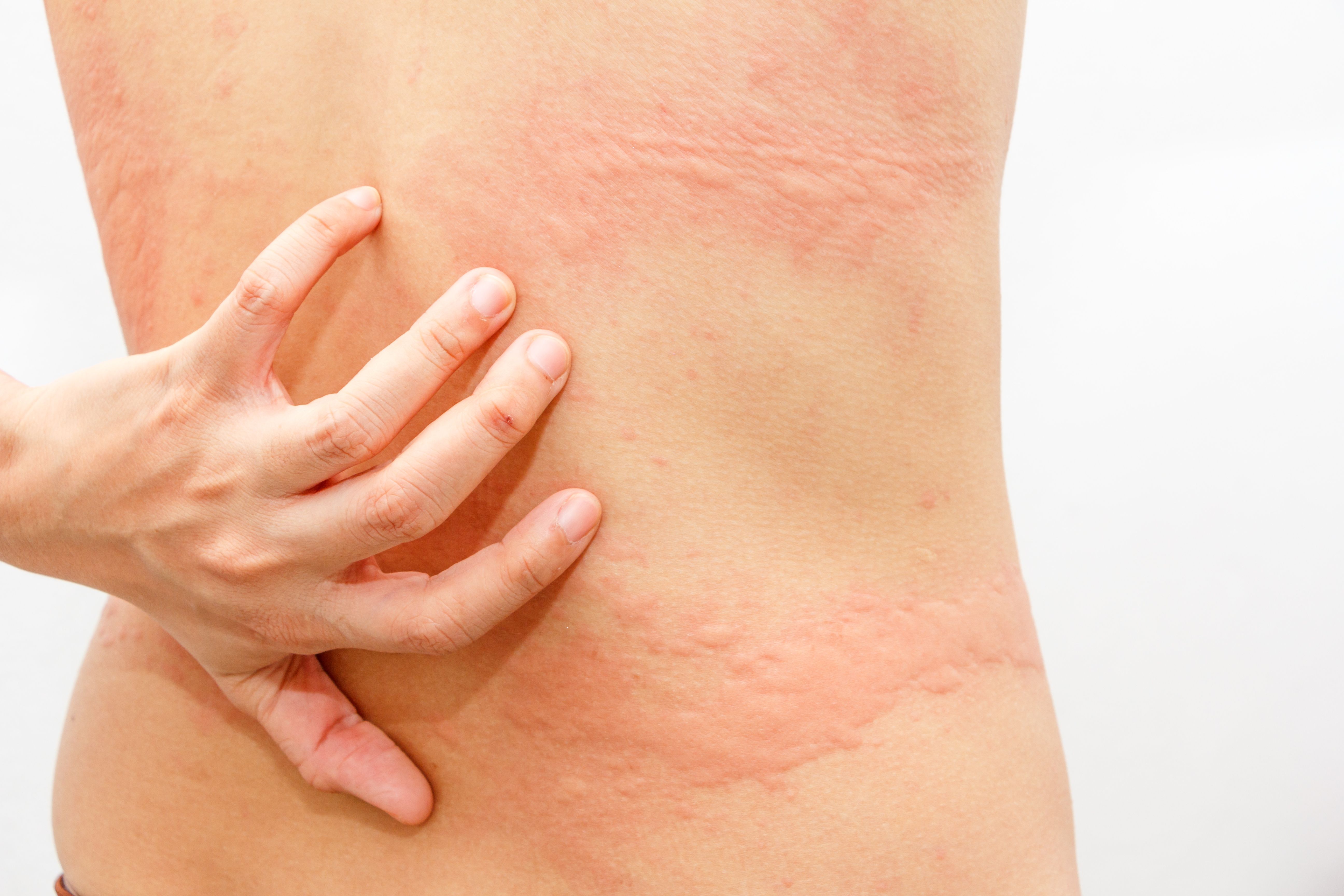Dupilumab Significantly Decreased Itch and Hives in Patients with Chronic Spontaneous Urticaria
"Dupilumab demonstrated clinically meaningful and statistically significant improvements in patients with H1 antihistamine-resistant CSU." ©kanachaifoto/stock.adobe.com

Treatment with dupilumab significantly reduced itch and hives in patients with H1 antihistamine-resistant chronic spontaneous urticaria (CSU) compared to placebo according to new results of a phase 3 clinical trial.
Findings from the randomized, placebo-controlled LIBERTY-CSU CUPID Study A were presented at the 2022 annual meeting of the American Academy of Allergy, Asthma & Immunology (AAAAI), February 25-28, 2022.
Patients with CSU can experience substantial disease burden despite treatment with recommended and increased doses of H1 antihistamines, so authors of the current study examined the efficacy and safety of dupilumab in patients aged ≥6 years with CSU who remained symptomatic despite receiving H1 antihistamines.
Participants on a standard or ≤4-fold dose of antihistamines were randomized to receive add-on dupilumab (n=70) 300 mg (adults/adolescents ≥60 kg) or 200 mg (adolescents <60 kg/children ≥30 kg) or matching placebo (n=68) subcutaneously every 2 weeks for 24 weeks.
Primary and key secondary endpoints included change from baseline at week 24 in Itch Severity Score over 7 days (ISS7) and Urticaria Activity Score over 7 days (UAS7), according to the study abstract.
Baseline characteristics were generally balanced across treatment groups. At baseline, mean ISS7 and UAS7 values were similar across the dupilumab and placebo groups. In the dupilumab arm, mean ISS7 was 16.1 and mean UAS7 was 31.9, while the mean ISS7 was 15.7 and UAS7 was 30.8 in the placebo arm.
At week 24, least squares (LS) mean change in ISS7 from baseline was -10.2 and -6.0 for dupilumab and placebo, respectively (LS mean difference, -4.2; P=0.0005) and for UAS7 was -20.5 for dupilumab and -12.0 for placebo (LS mean difference, -8.5; P=0.0003).
Researchers reported that treatment-emergent adverse events (TEAEs) were comparable between the dupilumab and placebo groups:
- Overall TEAEs: 35 (50%; dupilumab) and 40 (58.8%; placebo).
- Injection site reactions: 8 (11.4%; dupilumab) and 9 (13.2%; placebo).
- Conjunctivitis: 0 (dupilumab) and 1 (1.5%; placebo).
- Serious TEAEs: 2 (2.9%; dupilumab) and 5 (7.4%; placebo).
“Dupilumab demonstrated clinically meaningful and statistically significant improvements in patients with H1 antihistamine-resistant CSU and was well tolerated,” concluded investigators.